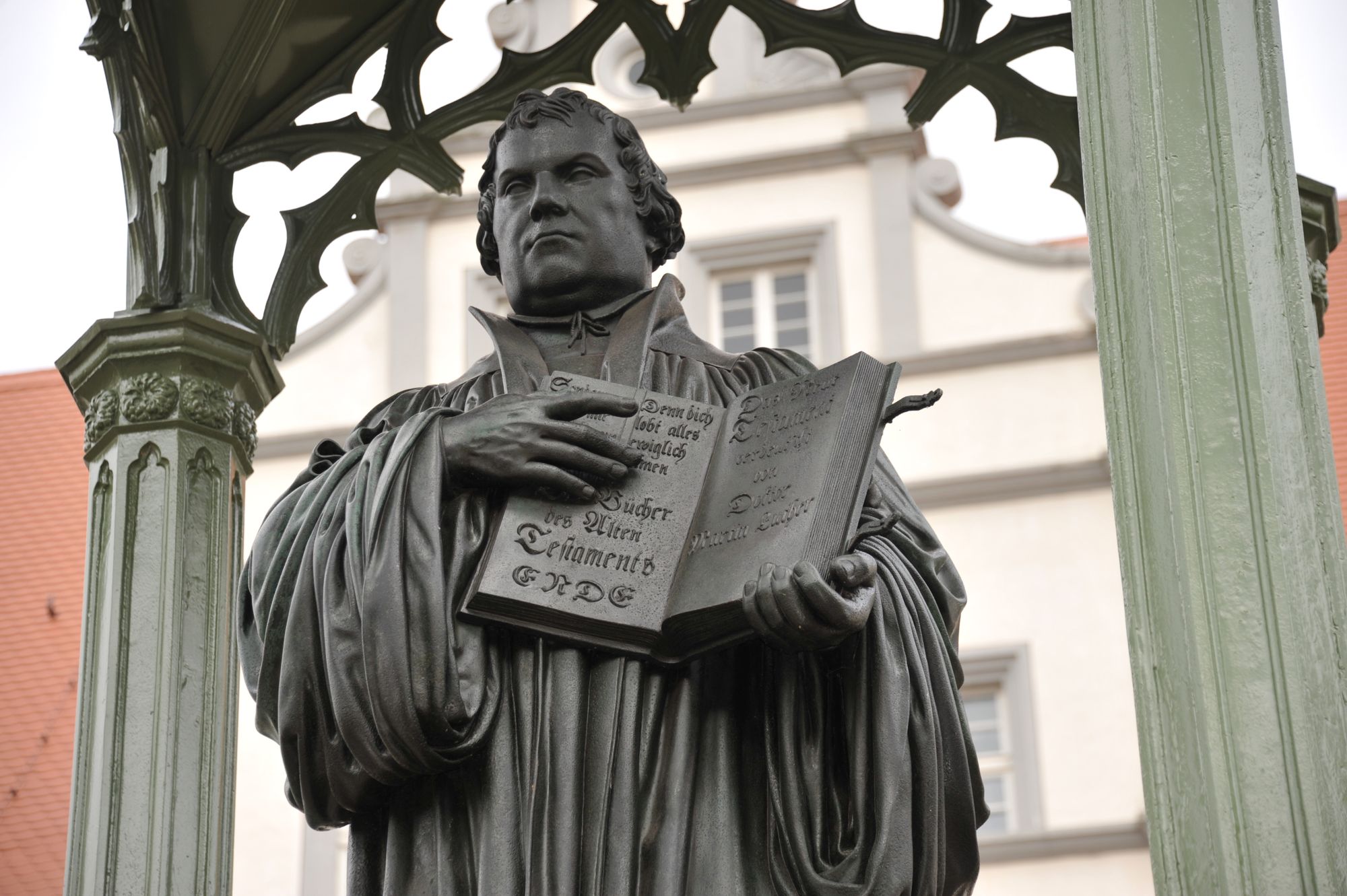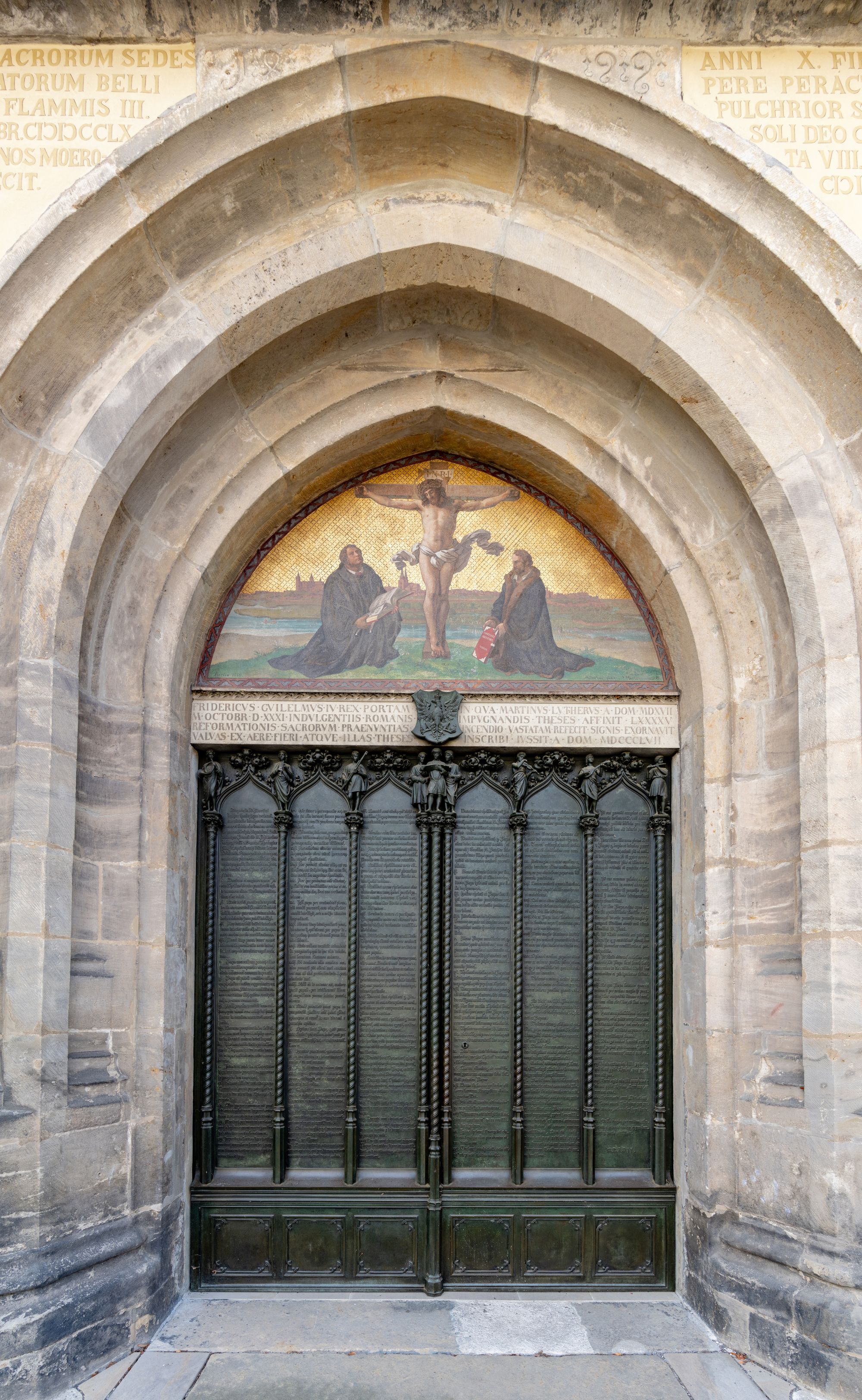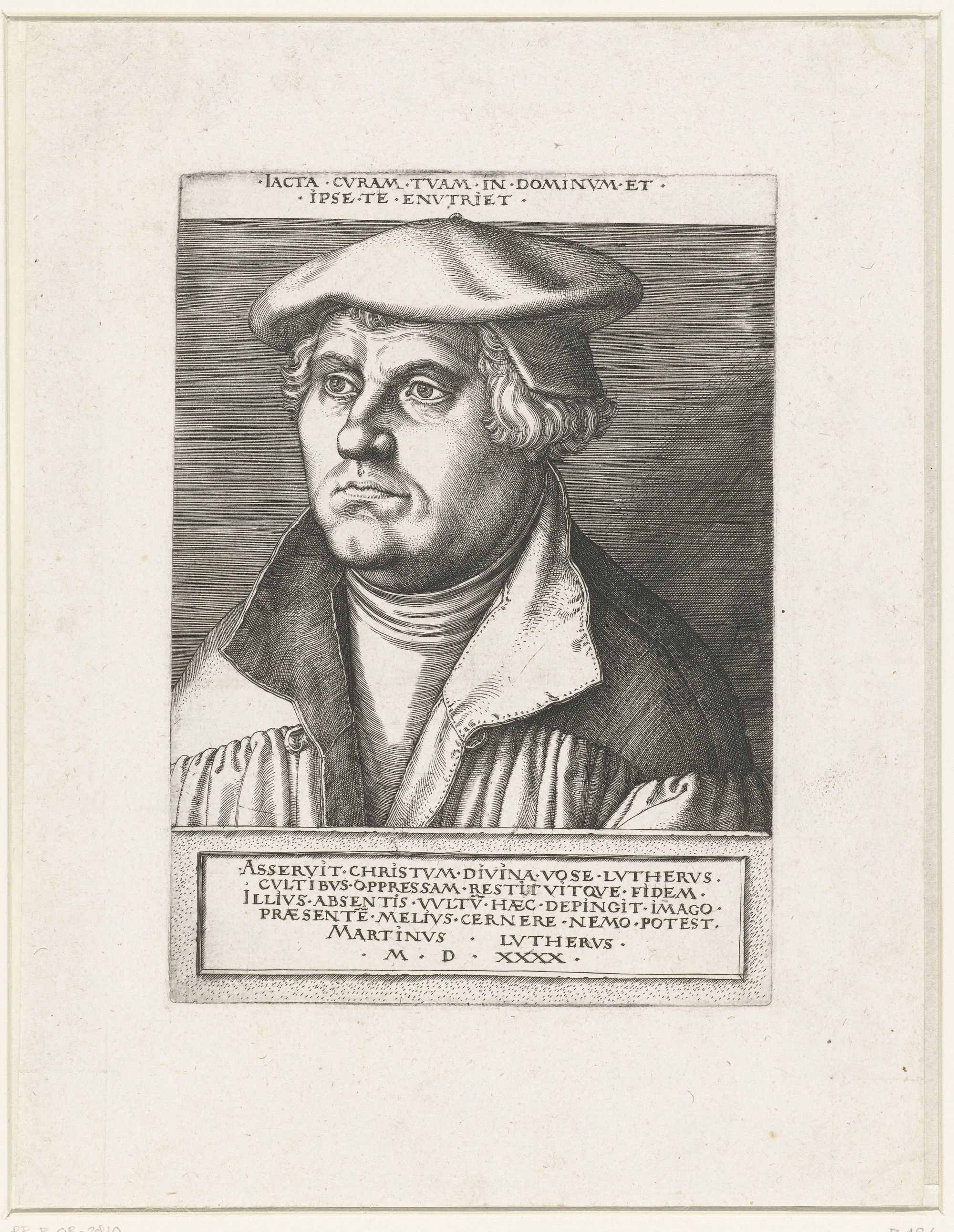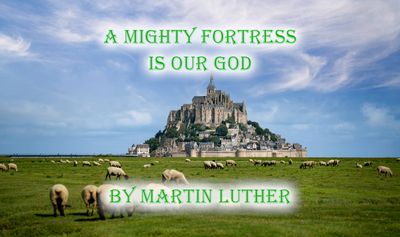"A Mighty Fortress" was Martin Luther's most important hymn, born out of his struggles as well as his absolute faith in God, his deliverer. Join us as we delve into the history of one of Christendom's greatest hymns and feel free to sing along with the Hymnologist!
A Mighty Fortress Is Our God - Hymnology Video
VERSE 1
A mighty fortress is our God, a bulwark never failing
Our Helper He, amid the flood of mortal ills prevailing
For still our ancient foe doth seek to work us woe
His craft and pow’r are great, and, armed with cruel hate
On earth is not his equal
VERSE 2
Did we in our own strength confide, our striving would be losing
Were not the right Man on our side, the Man of God’s own choosing
Dost ask who that may be? Christ Jesus, it is He
Lord Sabaoth His name, from age to age the same
And He must win the battle
VERSE 3
And though this world with devils filled should threaten to undo us
We will not fear, for God hath willed His truth to triumph through us
The Prince of Darkness grim, we tremble not for him
His rage we can endure, for lo, his doom is sure
One little word shall fell him
VERSE 4
That word above all earthly pow’rs, no thanks to them, abideth
The Spirit and the gifts are ours through Him who with us sideth
Let goods and kindred go, this mortal life also
The body they may kill; God’s truth abideth still
His kingdom is forever

History of the Beloved Hymn
"A Mighty Fortress" is believed to have been written between 1527 and 1529, at a time when Martin Luther was experiencing great difficulties. The fact that he was able to compose what has become one of the most famous Christian hymns at a time of such deep distress is a beautiful reminder that God is working all things together for the good of His people.

On April 22nd, 1527, Martin Luther experienced an extreme dizzy spell while preaching a sermon. This was at a time when he was in conflict with other reformers about the meaning of the Lord's Supper and had become depressed. A few months later, he had an intense buzzing in his left ear and felt his body become extremely cold. He was convinced that this would be his last night and he surrendered himself to God's will in prayer.
His doctor was able to help him regain some of his strength, but by the end of the year, illness had overcome him yet again. Meanwhile, the plague had erupted in Wittenberg. Many had fled out of fear, but Luther chose to remain and care for the sick. He transformed his house into a hospital, and sadly watched as many of his friends died. Next, his son became ill. Finally, the epidemic seemed to pass and people began to recover. It was during this most difficult of years that Martin Luther penned his most famous hymn. It had been ten years since Luther, an Augustinian monk and professor of theology, nailed his 95 theses to the doors of the Cathedral of Wittenberg, Germany, signaling the start of the Protestant Reformation. 1

Along with trying to restore Scripture to its proper place as sole authority for faith and practice as well as restore a proper understanding of salvation, the Reformer also desired to revive congregational singing within the Church.

In the forward of a book, Luther once wrote: “Next to the Word of God, the noble art of music is the greatest treasure in the world. It controls our thoughts, minds, hearts, and spirits … A person who … does not regard music as a marvelous creation of God … does not deserve to be called a human being; he should be permitted to hear nothing but the braying of asses and the grunting of hogs.”
In many ways, "A Mighty Fortress", based on Psalm 46, became the rallying cry of the Reformation. Luther would often resort to this song, saying to his friend, Philip Melanchthon, "Come, Philip, let us sing the 46th Psalm." 2
Footnotes
1. Galli, M. (1993). The “Weak” Man behind “A Mighty Fortress.” Christian History Magazine-Issue 39: Martin Luther: The Later Years.
2. Morgan, R. J. (n.d.). Nelson’s Annual Preacher’s Sourcebook (2005 Edition, p. 324). Nashville, TN: Thomas Nelson Publishers.






Join the conversation